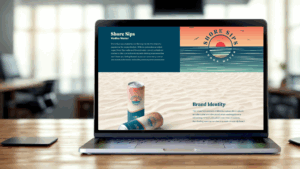The TikTok ban in the US, set to take effect early 2025, has left brands and creators wondering about the future of one of the most popular social media platforms. While the incoming administration may change the course of this decision, the uncertainty surrounding TikTok’s fate is causing ripples across the digital marketing landscape. In this blog, we’ll discuss what the ban could mean for brands and creators, and how it might reshape the way businesses approach social media.
Tiktok Ban Update: What’s Going On?
In April 2024, President Joe Biden signed the Protecting Americans from Foreign Adversary Controlled Applications Act into law, mandating that ByteDance, TikTok’s parent company, divest its U.S. operations by January 19, 2025, or face a nationwide ban. This legislation arose from concerns over national security and data privacy, with fears that the Chinese government could access American user data through TikTok.
In response, TikTok and ByteDance filed a lawsuit against the U.S. government in May 2024, arguing that the forced divestiture or ban violates the First Amendment by infringing on free speech rights. The case is ongoing, with oral arguments held in September 2024 and a decision expected by December 2024.
Adding to the complexity, President-elect Donald Trump, set to take office on January 20, 2025, has previously attempted to ban TikTok during his earlier term but has recently expressed intentions to “save” the app from the impending ban. This shift introduces uncertainty regarding the enforcement of the current legislation.
As the January 19, 2025, deadline approaches, the future of TikTok in the U.S. remains uncertain, leaving brands and creators in a state of limbo.
How a Potential TikTok Ban Might Affect Businesses
The potential TikTok ban in the U.S. could have far-reaching consequences for brands and businesses that have relied heavily on the platform to reach their target audiences. With TikTok boasting over 150 million active users in the U.S. as of early 2024, its influence on consumer behavior and digital marketing is undeniable. Here’s how the ban could impact businesses:
Loss of customer engagement
The potential TikTok ban would have profound consequences for content creators and small businesses that rely on the platform as a critical tool for organic growth and customer engagement. Platforms like TikTok and Instagram offer small businesses unique opportunities to reach audiences without the need for expensive advertising. However, losing TikTok would strip them of a vital resource for driving traffic and promoting products effectively.
Tim Ringel, Founder and Group CEO of Meet The People, explained how small businesses would need to adapt to this shift. “The most important thing will be switching gears in organic content for small businesses. Formats and audiences work differently on Snap, Instagram, and X, so small businesses who have focused on TikTok will need to change how they produce their content,” Ringel said.
For many small businesses, TikTok isn’t just a platform—it’s a lifeline. Greg Curtis, Head of Influencer Marketing at Empower, highlighted how TikTok has become invaluable for small businesses with limited advertising budgets. It allows them to establish visibility, build engagement, and keep up with trends without hefty ad spend. “TikTok serves as a valuable platform for reach, engagement, and trend awareness,” Curtis noted.
The numbers speak for themselves. According to TikTok, small businesses in the U.S. generated nearly $24.2 billion in economic value through the platform. Curtis stressed the gravity of the potential ban, adding, “This ban is not only going to impact small businesses, but many families will feel the effect.”
Oversaturation of Content Across Platforms
The potential TikTok ban could create significant challenges for creators, including a surge in content oversaturation on alternative platforms. Content creator Jade Beason highlights the global ripple effect of such a ban, stating, “If TikTok gets banned, it’s going to impact all of us whether we’re based in Europe or Africa.”
Beason predicts a massive migration of TikTok creators to platforms like Instagram and YouTube, resulting in increased competition. “There’s going to be an influx of creators moving onto Instagram to share their content,” she explains. “Not only will this lead to a significant rise in the number of creators, but it will also flood the app with content.”
This shift will likely result in creators repurposing their existing TikTok videos and posting on platforms like Instagram multiple times a day, as they’re accustomed to on TikTok. Beason adds, “There’s going to be urgency as creators scramble to rebuild their audiences on apps like Instagram.”
However, this rush to other platforms could lead to content oversaturation, making it more challenging for creators to stand out. With the influx of posts and intense competition within niches, creators will need to work harder than ever to capture their audience’s attention.
The ban would force small businesses to reconsider their digital strategies, creating additional pressure to adapt to platforms like Instagram and Snap, where organic reach works differently. For creators and businesses alike, the loss of TikTok would mean navigating a tougher, more competitive digital marketing landscape.

How Can You Prepare for the Possible Tiktok Ban in Early 2025
With the TikTok ban looming, businesses need to be proactive in adapting their strategies to minimize disruption and maintain engagement. Here are actionable steps brands can take if the ban goes into effect:
1. Plan Ahead
Don’t wait until 2025 to adapt. Start exploring alternative strategies now to ensure your marketing efforts aren’t disrupted. While the ongoing sale versus ban discussions might not impact 2024 marketing plans, it’s crucial to start planning for 2025. By thinking ahead, businesses and creators can begin testing alternative strategies and be prepared for any potential changes. Building a presence on new platforms and cultivating audiences takes time, so early action is key.
2. Explore Alternative Platforms
Instagram Reels and YouTube Shorts are the most obvious competitors to TikTok, but other platforms like Snapchat, Facebook, X (formerly Twitter), Pinterest, and even niche options like Triller and BlueSky also present opportunities. BlueSky, a decentralized social media platform, is emerging as an alternative to X, offering users a space for community-driven interactions without centralized ownership.
Exploring these social media platforms doesn’t require a complete overhaul of your video strategy. Businesses can allocate small budgets to create platform-specific content and use targeting features to reach niche audiences effectively.
3. Revisit Your Target Audience
Understanding where your audience engages is crucial for choosing the right platforms. Take the time to survey your followers and analyze their behaviors on other platforms. Your TikTok audience may already be active on Facebook, Instagram, or X, offering an opportunity to not only reconnect with them but also to discover new audiences in spaces you may not have previously considered.
4. Expand Your Website
A strong website serves as a central hub for your digital presence, ensuring continuity regardless of social media changes. A recent GoDaddy survey revealed a disconnect: while 91% of small business owners believe they offer a convenient online experience, only 21% of consumers agree. This highlights the need for a user-friendly website linked to social platforms for seamless shopping and engagement. Websites provide flexibility, allowing businesses to create diverse content, build email lists, and directly interact with audiences without restrictions from social media platforms.
5. Collaborate and Diversify
Partnerships with influencers and brands across multiple platforms can help small businesses and creators maintain visibility and diversify income streams. The potential TikTok ban could disrupt influencer reach and engagement, making it essential to secure collaborations across different channels. Businesses and creators should also create content strategies tailored to each platform to maximize impact and sustainability.
6. Double Down on SEO and Paid Ads
As organic reach becomes more competitive, investing in SEO and paid advertising is crucial for maintaining visibility. Optimizing your website for search engines ensures your audience can find you, while platforms like Google Ads, Instagram, and YouTube offer targeted ways to reach users effectively.
Adapting Social can help simplify the process, from optimizing your website to managing ad campaigns that maximize ROI. With our expertise, your business can stay visible and competitive, even in a shifting digital landscape.

Keeping Your Business Ahead in Uncertain Times
The potential TikTok ban in early 2025 is a wake-up call for businesses to rethink their social media strategies. While TikTok has been a powerful tool for reaching audiences, the landscape of digital marketing is constantly evolving. By diversifying platforms, building direct communication channels, and staying agile, businesses can weather this change and continue to thrive in the digital space.
As a social media marketing agency nj, we specialize in helping businesses navigate uncertain times like these. From creating tailored strategies to expanding your presence on new platforms, our team of experts ensures your brand stays ahead of the curve. Whether you need help with content creation, social media management, or building a strong online presence, we’re here to guide you every step of the way.
Let us take the stress out of change so you can focus on growing your business.













